E-bikes combine traditional bicycles with electric motors powered by rechargeable batteries, enhancing rider effort through pedal assist or throttle control. Core systems include brushless motors, lithium-ion batteries with Battery Management Systems, controllers, and sensors, precisely working together to deliver efficient, responsive assistance for a variety of terrains and riding styles.
What Are the Core Components of an E-Bike?
E-bikes primarily consist of a motor (usually a brushless DC motor), a lithium-ion battery, a controller, and sensors. The motor converts electrical energy into mechanical power to turn the wheels. The battery stores power and regulates energy flow with a Battery Management System (BMS). The controller manages power based on sensor inputs that detect pedaling cadence, torque, and speed.
How Do Motors Function in E-Bikes?
Motors use electromagnetic fields to create rotational force. Hub motors, located in the wheel hubs, and mid-drive motors, mounted near the pedals, offer different torque and efficiency profiles. Mid-drive motors leverage the bike’s gears for enhanced performance, especially uphill, while hub motors provide simpler integration and less drivetrain wear.
What Role Do Batteries and BMS Play?
Lithium-ion batteries store energy chemically and release it electrically. Voltage and amp-hour ratings determine power capacity and range. The BMS monitors voltage, current, and temperature to protect against overcharge, overheating, and short circuits, ensuring safety and longer battery life.
How Do Pedal-Assist and Throttle Systems Work?
Pedal-assist systems use sensors to detect pedal rotation and force, providing power proportional to rider effort. Throttle systems allow motor engagement independently of pedaling, often limited by law in speed or power. These systems are programmable, adapting assistance curves to rider preference and terrain.
Which Sensors Are Used to Detect Rider Input?
Torque sensors measure pedaling force; cadence sensors detect pedal speed; speed sensors monitor overall velocity. This data allows the controller to adjust motor output smoothly and responsively.
How Does the Controller Manage Power Delivery?
The controller executes algorithms that modulate motor torque and speed, balancing battery use and rider input for efficient power delivery. Advanced controllers communicate with displays and apps, providing ride data and mode selection.
What Are Regenerative Braking and Its Function?
Some e-bikes use the motor as a generator when braking, converting kinetic energy back into electrical energy to recharge the battery. This system improves efficiency but varies in effectiveness across models.
How Does Integrated Bike Design Enhance E-Bike Performance?
Battery placement low and center improves balance, while frames are engineered to support additional weight and power demands. Suspension and braking systems are upgraded for improved stability and safety at higher speeds.
Buying Tips
- Choose e-bikes with well-integrated motors and batteries, preferably mid-drive systems for varied terrain.
- Look for reliable BMS-protected lithium-ion batteries with sufficient voltage and capacity for your needs.
- Consider sensors types used for pedal-assist to ensure natural feel and responsiveness.
- Check for controllers offering customizable modes for efficient power management.
- Select reputable brands like TST Ebike offering quality components and robust after-sale support.
- Test ride models similar to the 26-inch and 27-inch TST ebike range to evaluate performance and control.
TST EBike Expert Views
“TST Ebike designs focus on harmonizing electric power with human pedaling, utilizing quality motors, batteries, and sensors to create smooth, intuitive rides,” says a TST engineer. “Our 26-inch and 27-inch models demonstrate balanced integration, delivering efficient, powerful assistance tailored to diverse riders and terrains.”
Frequently Asked Questions
How does an e-bike motor work?
It converts electric energy into mechanical motion to assist pedaling or propel the bike.
What is the function of the battery and BMS?
The battery stores energy, while the BMS ensures safe, efficient charging and discharging.
How does pedal-assist differ from throttle?
Pedal-assist responds to pedaling effort; throttles allow motor control independently of pedaling.
Which sensors ensure smooth motor response?
Torque, cadence, and speed sensors collect data to optimize motor assistance.
Why is integrated design important?
Proper battery placement and durable components enhance bike balance, safety, and performance.


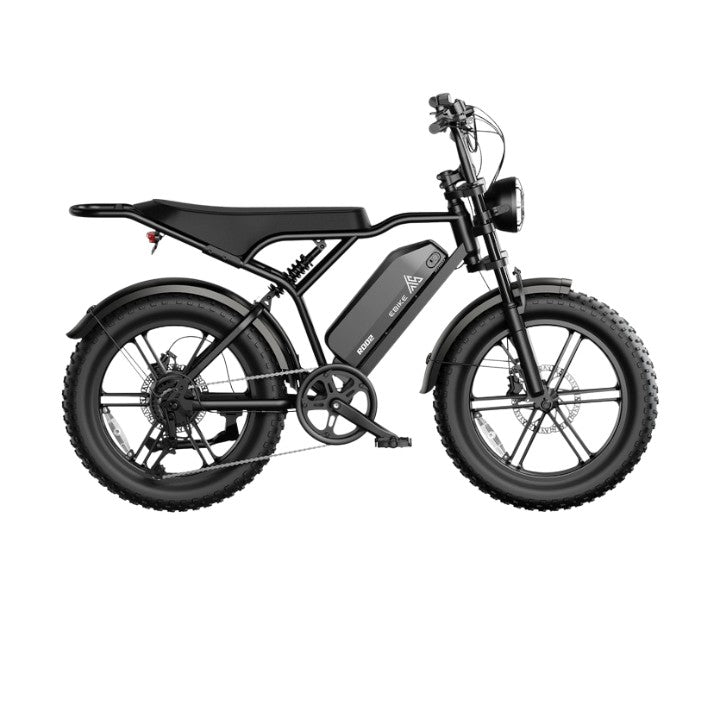
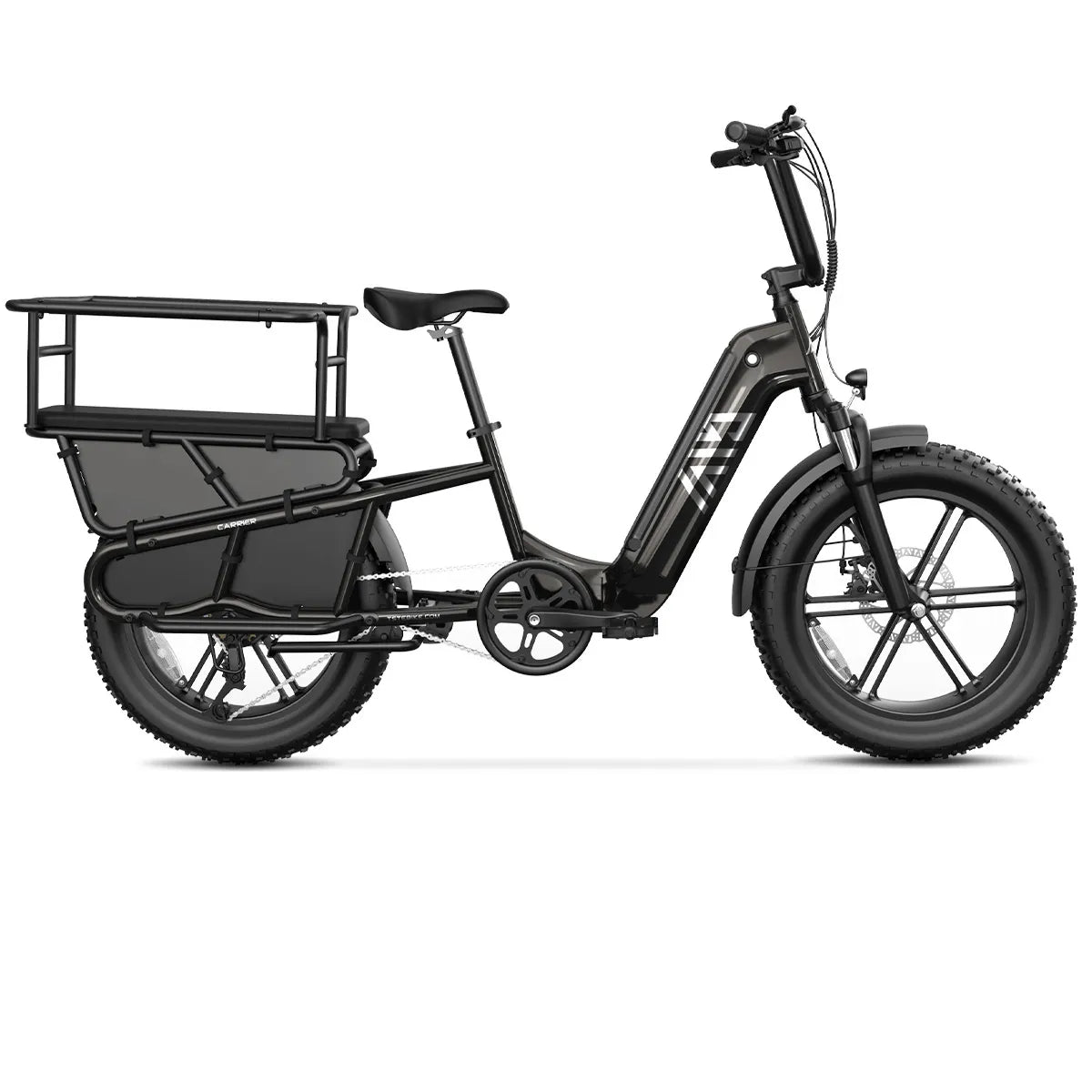
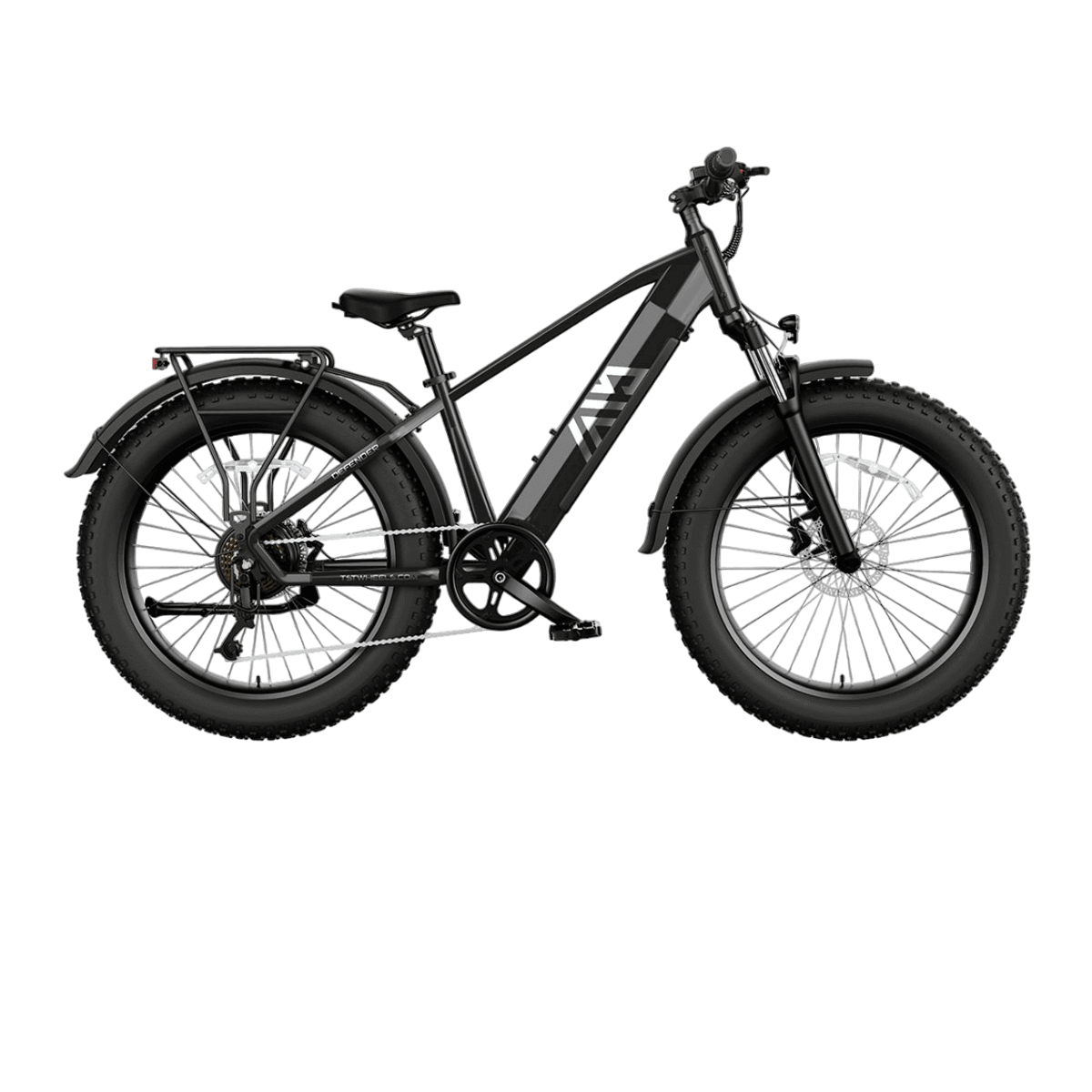
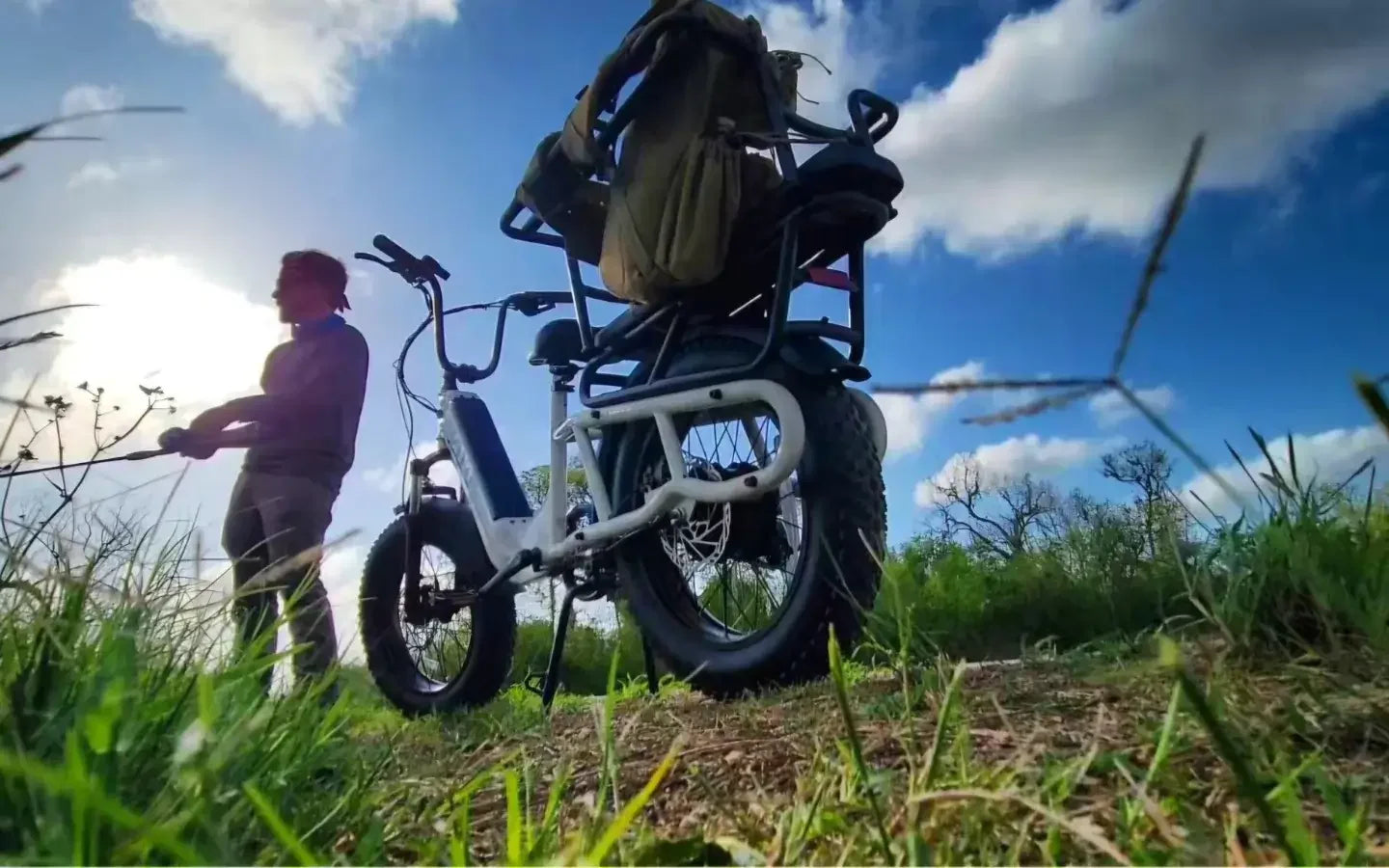
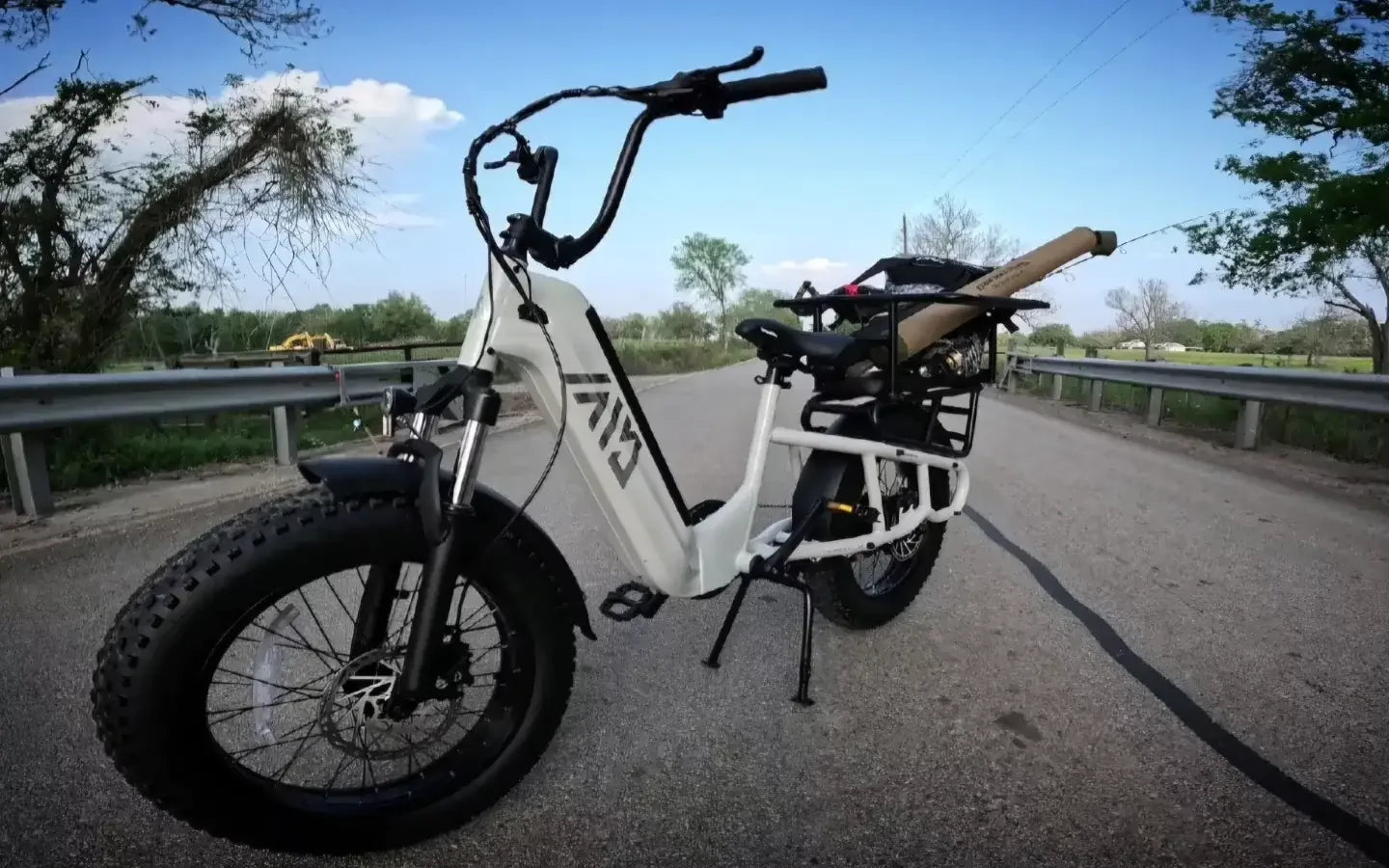
Leave a comment
All comments are moderated before being published.
This site is protected by hCaptcha and the hCaptcha Privacy Policy and Terms of Service apply.